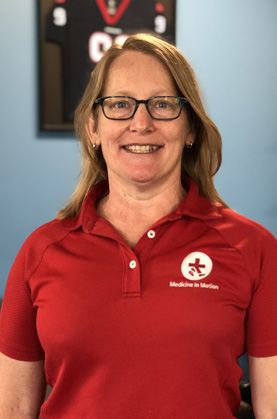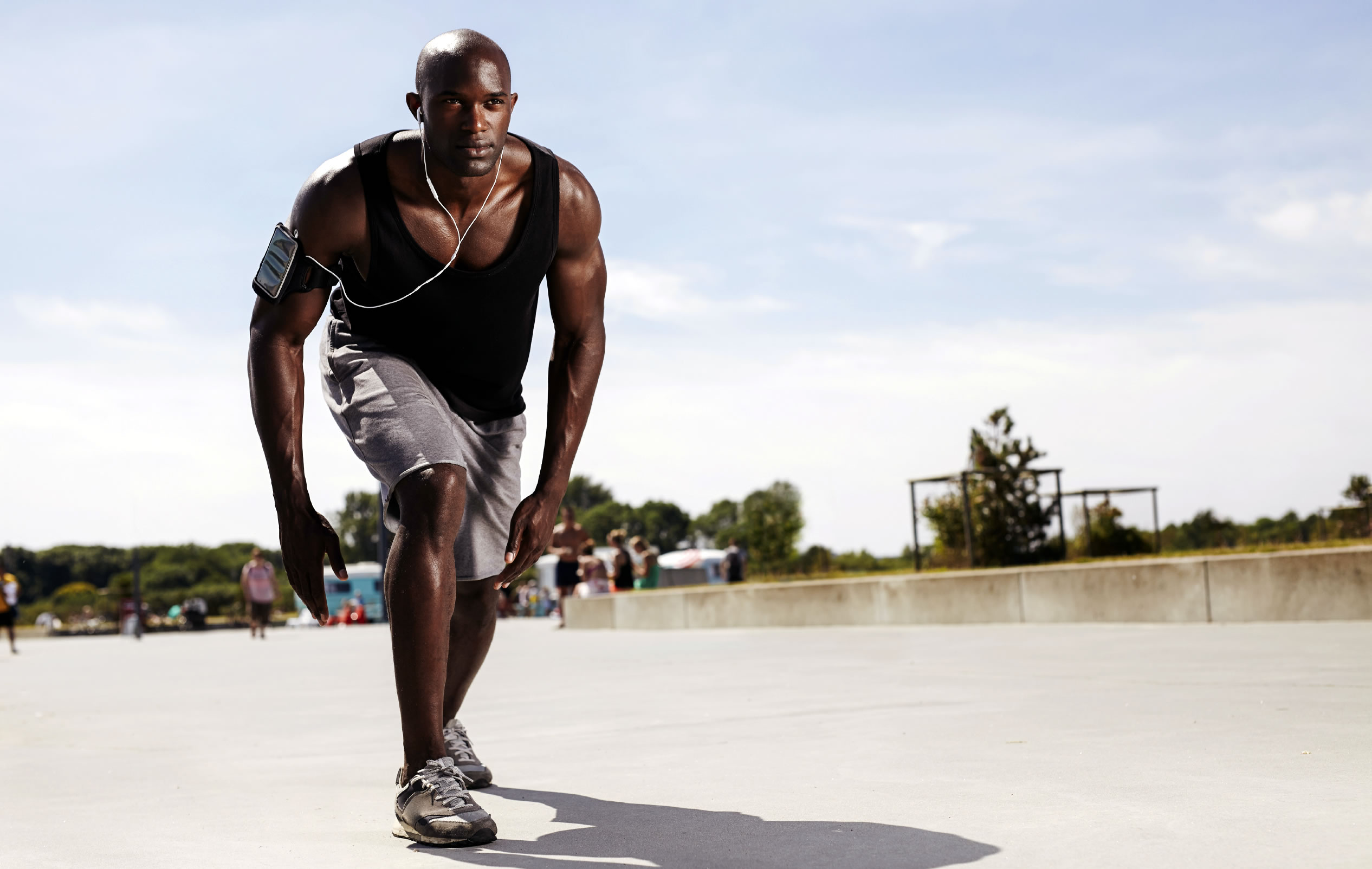There are six principles of conditioning in the field of exercise science that every athlete or trainer should follow when prepping for the optimal workout or exercise program.(See them below)
These principles are universally accepted and should be followed so that those participating can make the most gains and improvements in their fitness and performance levels.
The first of the six principles is the Principle of Individual Differences. It simply means that, because we all are unique individuals, everyone has a different response to an exercise routine. In other words, “one size does not fit all” when it comes to physical fitness programs. Well-designed exercise routines should be based on our individual differences and responses to exercise.
Some of these differences have to do with body size and shape, genetics, past experience, chronic conditions, injuries and even gender. For example, older athletes generally need more recovery time than younger athletes.
With this in mind, you may or may not want to follow an “off the shelf” exercise program, DVD or class and may find it helpful to work with a coach or personal trainer to develop a customized exercise program.
The Six Principles of Conditioning
In the realm of sports and athletic pursuits, achieving peak performance requires more than just raw talent and dedication. It demands a systematic and strategic approach to conditioning. Whether you are an athlete, a fitness enthusiast, or a coach, understanding and implementing the six principles of conditioning can unlock your full potential and take your performance to new heights. In this thought leadership article, we will explore these principles and how they form the foundation of effective conditioning.
- Individualization: No two athletes or individuals are exactly alike, which is why the principle of individualization plays a crucial role in conditioning. Recognizing and addressing the unique needs, strengths, weaknesses, and goals of each person is vital for optimal results. Tailoring training programs, nutrition plans, and recovery strategies to suit the individual’s specific characteristics and circumstances enhances effectiveness and minimizes the risk of overtraining or underperformance.
- Specificity: The principle of specificity emphasizes tailoring training to mimic the demands of the target activity. By focusing on the specific movements, energy systems, and skills required for your sport or activity, you can optimize your body’s adaptation and enhance performance. Specificity ensures that your training efforts translate directly into improved on-field or on-court abilities.
- Overload: The principle of overload revolves around pushing your body beyond its comfort zone to stimulate physiological adaptations. By gradually increasing the intensity, duration, or frequency of your training, you challenge your muscles, cardiovascular system, and energy systems to adapt and become stronger. It is through controlled overload that you build resilience and make continuous progress in your conditioning journey.
- Progression: Building upon the principle of overload, progression emphasizes the need for systematic advancement in your training program. Gradually increasing the overload in a progressive manner allows your body to adapt without overwhelming it or risking injury. Progressive training ensures a steady and sustainable improvement in your conditioning, minimizing plateaus and maximizing long-term gains.
- Variation: The principle of variation emphasizes the importance of incorporating diverse training stimuli to prevent adaptation plateaus and optimize performance gains. By introducing variations in training modalities, exercises, intensities, and volumes, you challenge different energy systems, muscle fibers, and movement patterns. Variation not only keeps training exciting and engaging but also promotes overall athleticism, adaptability, and resilience.
- Recovery: Often overlooked, recovery is an integral part of conditioning. The principle of recovery acknowledges the need for adequate rest, nutrition, and rejuvenation to optimize performance gains. Proper recovery protocols, including sleep, nutrition, hydration, and active recovery techniques, allow your body to repair, rebuild, and adapt. Prioritizing recovery enhances your body’s ability to withstand the demands of training, reducing the risk of injury and promoting long-term success.
In Summary
Understanding and applying the six principles of conditioning can revolutionize your approach to training, elevate your performance, and unlock your true potential. By incorporating specificity, overload, progression, individualization, variation, and recovery into your training regimen, you can embark on a journey of continuous improvement and achieve remarkable results. Whether you are an athlete, a coach, or a fitness enthusiast, embracing these principles will pave the way for success in your pursuit of optimal performance. Embrace the principles, challenge your limits, and embrace the transformative power of conditioning.

Dr. Martha Pyron is a recognized sports medicine physician and the founder of Medicine in Motion, an Austin-based practice specializing in comprehensive medical care for active individuals and athletes. An active contributor to her field, she uses her extensive experience as a former collegiate athlete to aid her patients and develop innovative care strategies. Beyond her clinical practice, Dr. Pyron is known for her involvement in the local athletic community and her commitment to promoting health and fitness.


